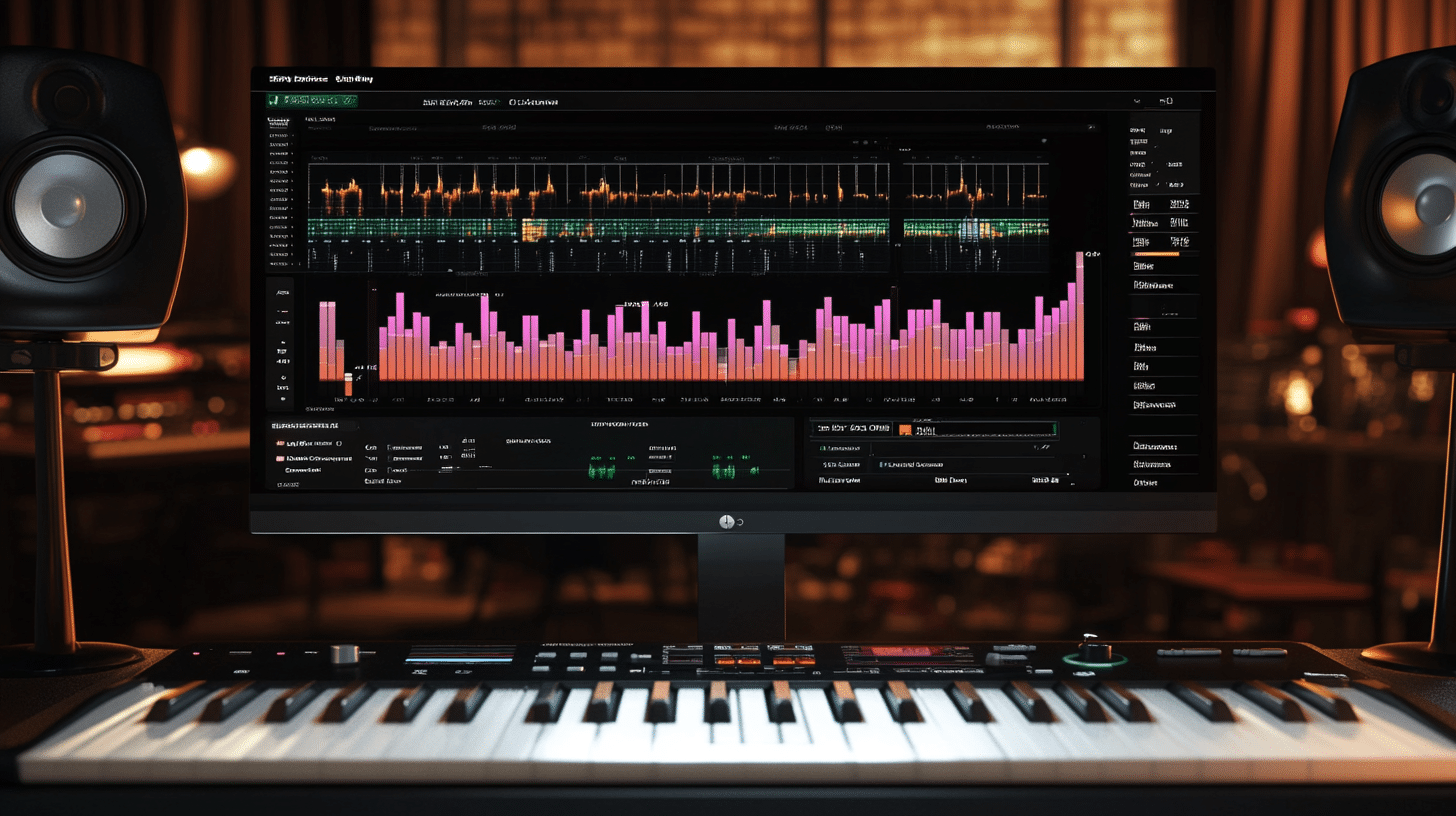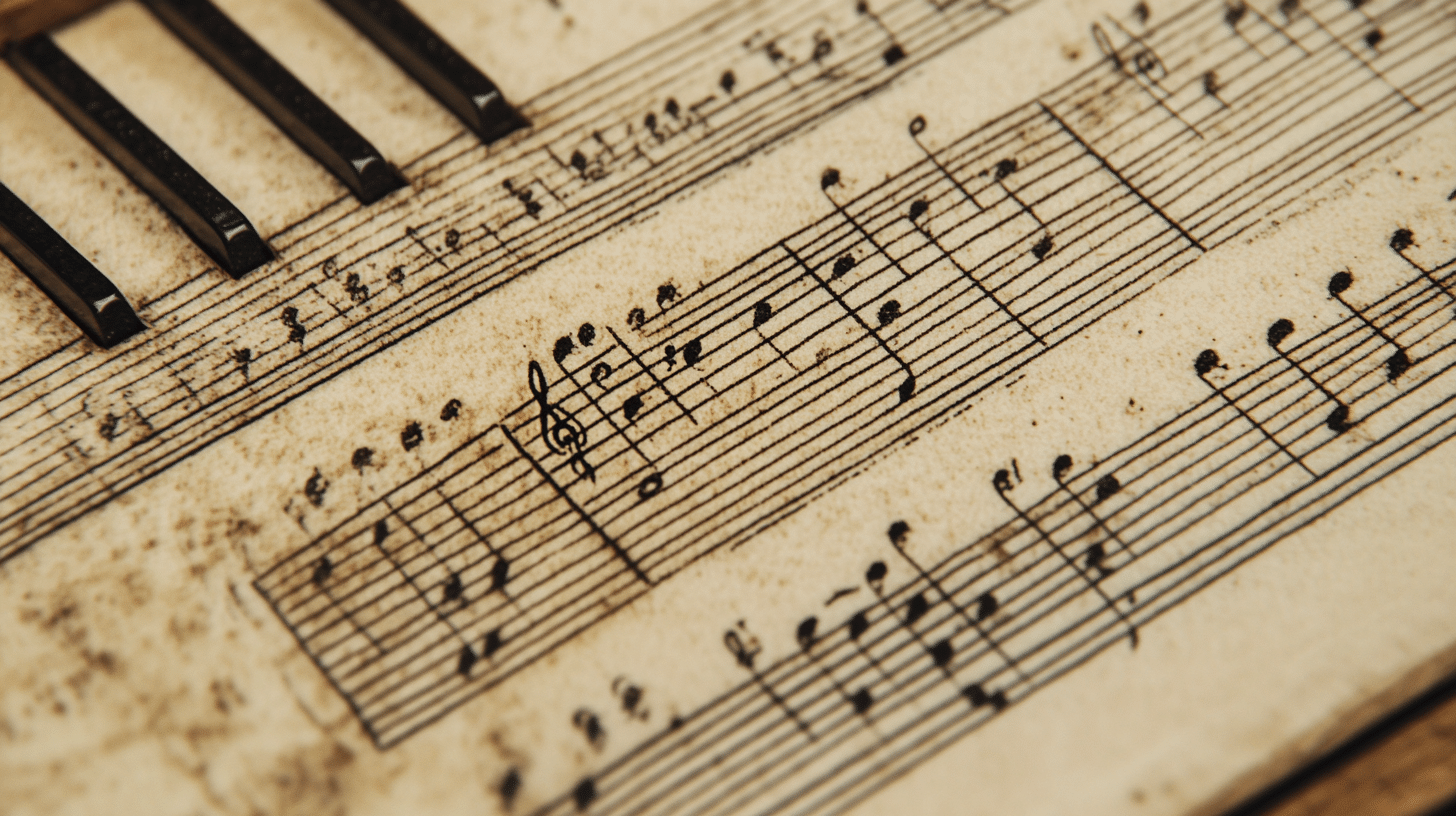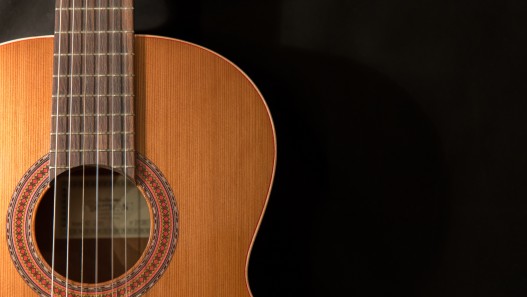Ever struggled to play along with your favorite songs because you couldn’t figure out what key they were in?
Understanding a song’s key is like finding the musical home base – once you know it, everything else falls into place more easily.
While professional musicians might use complex theory to identify keys, there are actually simple methods that anyone can learn.
No matter, if you’re jamming with friends, learning to play by ear, or wanting to write your own music, knowing how to identify a song’s key, is an essential skill that will improve your musical abilities.
In this guide, we’ll explore practical approaches to finding a song’s key, with a special focus on the “three acid tests” method that works for most popular music – no fancy equipment or advanced theory required.
How to Figure Out What Key a Song Is In: A Simple Guide
Figuring out the key of a song can seem tricky at first, but with a few simple steps, you can easily determine it.
No matter if you’re reading the chords or playing them yourself, there are some key things to listen for. Here’s a quick and practical way to figure out what key a song is in.
The Three Acid Tests for Figuring Out a Key
There are three main things to check to figure out the key of a song: the first chord, the last chord, and the most common chord in the song. Let’s break them down:
-
First Chord: The first chord often gives you a clue about the key. It sets the tone for the song.
-
Last Chord: The last chord is important because it usually resolves the song and often matches the key.
-
Most Common Chord: The chord that is played the most in the song is also a good indicator of the key.
Let’s take a look at a simple example:
Imagine you have a song with the chords G, C, and D major. If the song starts with G, ends with G, and uses G the most throughout the song, it’s likely in the key of G major.
For instance, here’s a quick song I wrote using just those three chords:
G – C – D – G
In this case, the first chord is G, the last chord is G, and G is also the most common chord because it appears twice. So, this song is in the key of G.
Real-Life Example: “Stand by Me”
Let’s take a real song as an example: “Stand by Me”. The chord progression in the intro is:
-
G
-
E minor
-
C
-
G
Notice that the first chord is G, the last chord is G, and the most common chord is G because it appears the most. Even though there are other chords like E minor, the song resolves back to G, so we can confidently say it’s in the key of G.
What If the Chord Progression Doesn’t Match?
Sometimes, the chord sequence may not match the typical pattern we see in simpler songs.
For example, a progression might start with A minor and then move to G. If the song ends on G, it might be tempting to think it’s in A minor because that’s the first chord.
However, if G happens to be the most common chord, and it resolves back to G at the end, it’s likely in the key of G.
This shows that the key can sometimes be trickier to figure out based on just the first and last chords, but these are still good clues to start with.
Understanding Cadence: How the Song’s End Reveals Its Key
The key to knowing for sure what key a song is in often lies in how the song resolves—this is what we call the “cadence.”
In music, a cadence is the way a song ends on a chord, giving it a sense of completion. If you play the following chords:
G – C – D – G
And then finish on D, it will sound unfinished. It’s like having a ball in the air—it’s unresolved.
But when you finish on G, it sounds finished, and everything comes back to the one chord, which is G in this case. That’s what we call a perfect cadence.
The song feels like it has come home to its starting point, resolving all the tension. This is a key indicator of the song’s key.
Why This Works in Practice
Once you understand these concepts, you can easily identify the key of most songs by listening for the first chord, the last chord, and the most common chord.
These three things work together to give you a solid clue about the song’s key, even if it’s a more complex piece of music.
So, no matter if you’re playing a simple song like “Stand by Me” or something more complicated, you can always go back to these three things to figure out the key.
Takeaway: To figure out what key a song is in, check the first chord, the last chord, and the most common chord. If the song resolves to the first chord, that’s your key. Listen carefully for the cadence to confirm!
Some Other Popular Methods to Figure out Keys
If you’re looking for more ways to determine the key of a song, here are some additional methods that can help you get the answer with ease.
1. Using a Key Detection Software

Key detection software is an app or tool that helps you find the key of a song automatically. It listens to the music and tells you what key the song is in, without you having to figure it out by ear.
If you’re not sure how to find the key on your own, key detection software makes it easy. You don’t need to know music theory; just upload the song, and the software will tell you the key in seconds.
How to Use It: Upload the song into the software or app. The tool will listen to it and instantly tell you what key the song is in. It’s a quick and easy way to get the answer.
Some popular key detection software we recommend:
-
Mixed In Key: Popular with DJs and producers, it provides both the key and scale of a song, perfect for remixing or matching songs.
-
Sonic Visualiser: A free, open-source software that lets you analyze and visualize the key, pitch, and other musical elements of a song in detail..
-
Chordify: An app that detects the key and shows the chords of a song in real-time, great for musicians learning songs.
These are some of the best tools to help you figure out the key of a song quickly and easily.
2. Understanding the Chord Progressions

A chord progression is the order of chords played in a song. Different keys use specific patterns of chords, so by hearing which chords are played, you can figure out the key.
Certain chords appear often in certain keys. If you know these patterns, it’s easy to figure out the key of the song.
How to Use It: Listen to the first few chords of the song. If you hear a pattern like C-G-Am-F, it’s probably in C major. The more you listen to songs and recognize common chord patterns, the easier it will be to figure out the key.
3. Finding the Key of a Song by Ear (Best Way)

This method is all about listening carefully to the song and finding the “home” note or chord—the one that feels like the song is resting on.
This is the best way to figure out the key because it helps you truly understand the music. When you find the “home” note or chord, you’ve found the key.
How to Use It: Listen closely to the song and pay attention to the note or chord that feels like the song is “ending” or “resting” on. This is usually the key of the song. For example, if the song feels like it’s always coming back to C, then the key is likely C major.
From Theory to Practice: Keys Made Simple
Finding a song’s key doesn’t have to be complicated.
By focusing on the first chord, last chord, and most common chord – along with listening for that satisfying resolution at the end – you can identify the key of most songs with surprising accuracy.
Remember that music often follows patterns, and the key provides the foundation for these patterns.
Once you start practicing these techniques, you’ll begin to recognize keys more quickly, which will improve your playing, songwriting, and overall musical understanding.
While software tools are available to detect keys automatically, developing your ear to hear keys naturally will serve you better in the long run.
The more songs you analyze using these methods, the more intuitive the process will become, transforming what once seemed like musical mystery into practical knowledge you can use every time you pick up an instrument.















